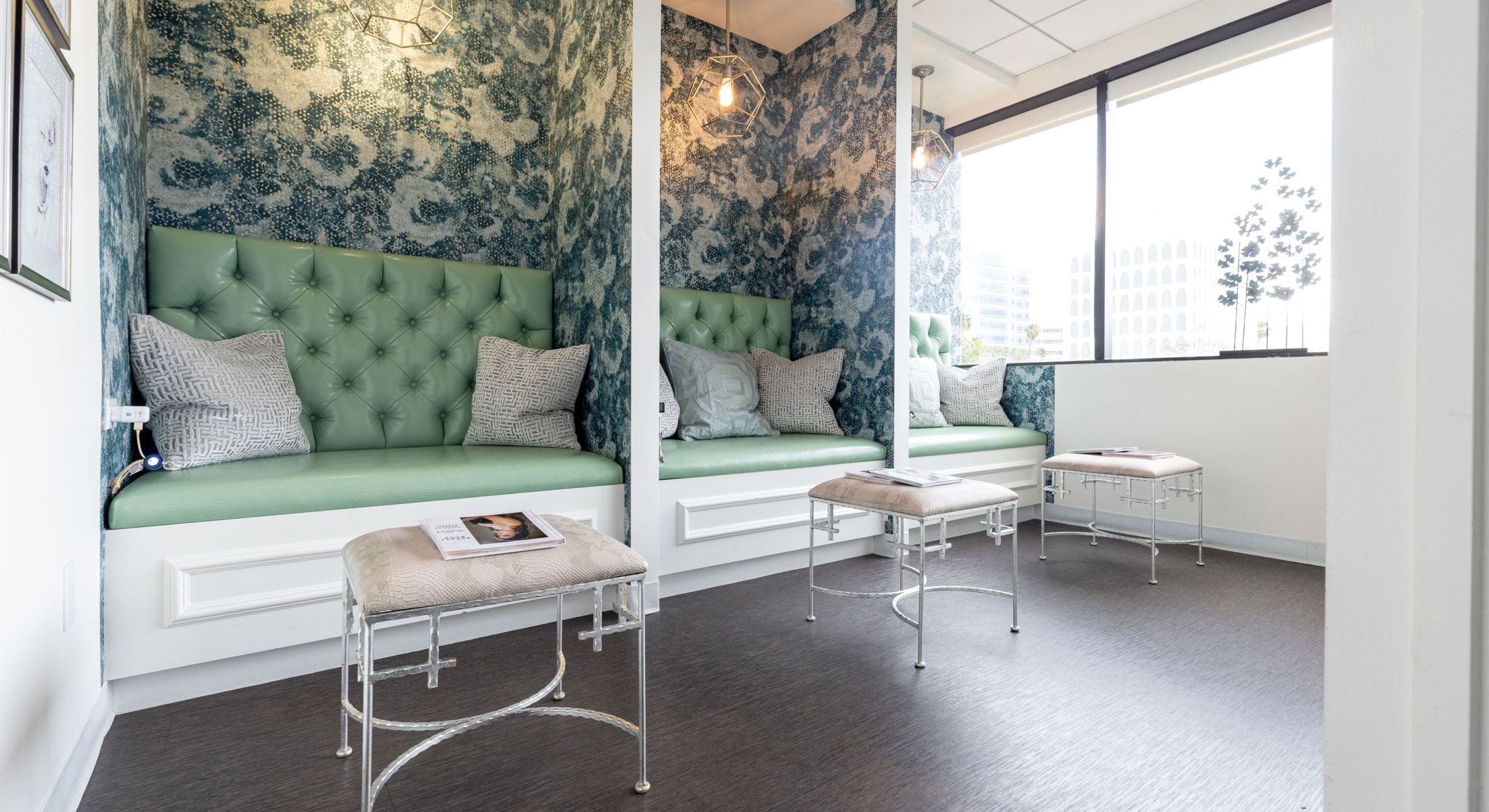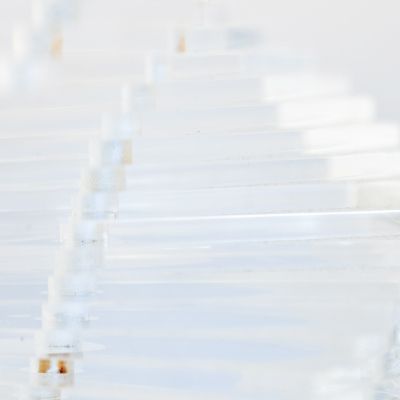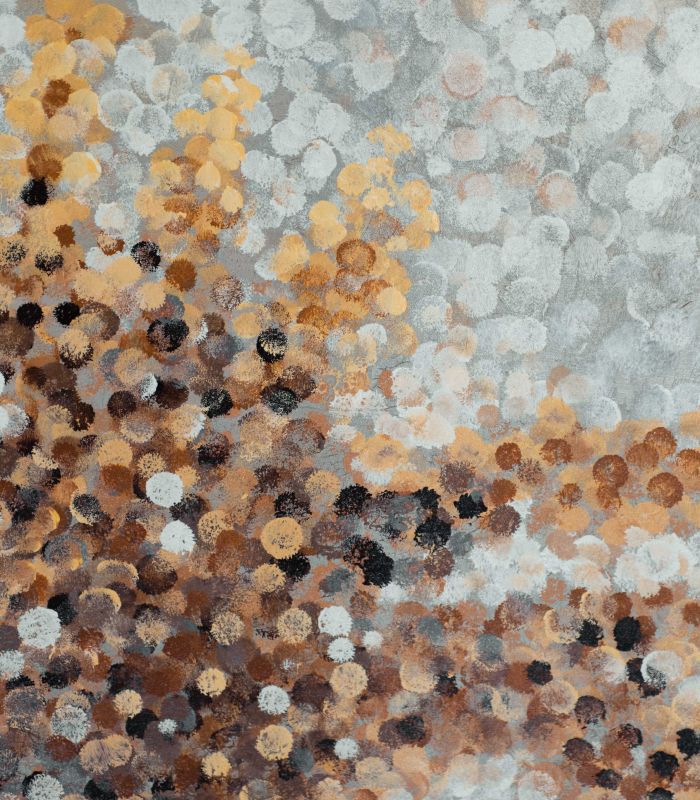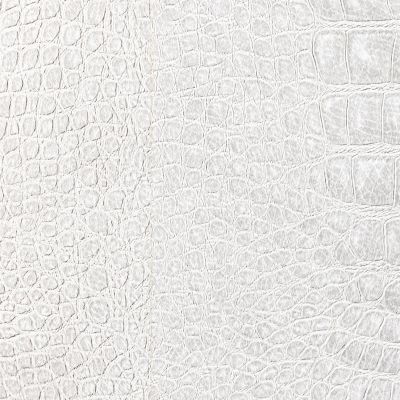Is Labiaplasty Right for You? A Guide to Costs, Benefits, and Realistic Expectations


Rebuilding the breast changes how the body feels in clothes, in mirrors, and daily life. Still, many patients look at the chest and see one missing detail: the nipple and areola. That small center point ties the breast mound together and brings the appearance from “close” to “complete.” This page explains nipple reconstruction in clear terms—what it is, when to consider it, how the procedure is performed, and what recovery looks like—so you can decide your next step with confidence.

In Beverly Hills and greater Los Angeles, aesthetic plastic surgery is expected to look natural up close. Dr. Sheila Nazarian, MD, MMM, approaches nipple reconstruction with that standard in mind. Planning is precise, incisions are minimal, and the goal is realistic symmetry that ages well. Cases are performed in an accredited setting under local anesthesia for most patients, with access to the full spectrum of nipple reconstruction techniques—local skin flaps, nipple sharing, fat grafting for contour, and nipple tattooing for color and border. If you are undergoing breast reconstruction now or you finished a breast reconstruction procedure months ago, the plan is tailored to timing, scar tissue, and skin quality from implants, flaps, or radiation.
Nipple work happens after the breast settles. The process often starts with a small local flap to create a new nipple, followed by areola color in a later visit. In one appointment, the mound is built with thin skin and sutures; in another, pigment is layered for depth and a soft halo. Most cases are quick, discomfort is limited, and activity returns in days rather than weeks.
Nipple reconstruction restores projection and color on a reconstructed breast mound after mastectomy, implant-based breast reconstruction, or flap surgery such as a DIEP flap. Projection comes from the patient’s own skin using small flap patterns—C-V, skate, or star designs are common. The skin is lifted, folded, and secured to build a mound that rises from the center of the breast. Some patients qualify for nipple sharing, where a small wedge from the opposite, healthy nipple is moved and grafted to the reconstructed side. Once shape holds, nipple tattooing recreates the areola border and blends tone so the eye reads a normal, three-dimensional center in and out of clothing.
Timing matters. The breast implant or flap must settle so the landmarks stay put. After breast augmentation combined with reconstruction, or after a DIEP flap, we wait for swelling to pass and for scar tissue to soften. If you had radiation, the skin often needs more time. During consultation, we determine readiness by examining the chest, reviewing photos, and, when needed, checking prior imaging. In routine cases, no new ultrasound or MRI is required; if new nipple inversion or discharge appears on a native breast, we coordinate imaging to rule out breast cancer before moving forward.
Not all nipple work follows cancer care. Inverted nipples can appear at birth, after breastfeeding, or after implant surgery. When the cause is short or tight ducts, inverted nipple correction often involves releasing those fibers and supporting the base so the nipple stays projected. Inverted nipple repair may be paired with a small purse-string suture under the surface for structure. If a patient hopes to maintain duct function for future feeding on a native breast, we discuss trade-offs. When correction is part of plastic surgery after breast augmentation, planning respects implant position, pocket stability, and incisions already in place.
The nipple-areola complex anchors the breast visually. After mound reconstruction, many women say their breast looks more like their own once the center point is back. Clothing fits better; scar lines draw less attention. In most patients, nipple sensation is limited after mastectomy, and it’s important to say that plainly. The aim here is visual realism—shape, projection, and areola color—not sensory restoration. Still, the change in the mirror and in everyday life is meaningful for many patients.

Good candidates have a stable breast mound with settled placement after implant or flap work, no open wounds, and no active skin injury. Non-smokers heal more predictably. If excess skin gathers at the center or the envelope feels tight from radiation, we may stage a small fat transfer first, then proceed. After a breast reconstruction procedure, most patients consider nipple work around three to six months later; after radiation, we often extend that window. If you are still adjusting the weight or planning a revision to the implant pocket, we finish that step first so the nipple lands where it should.
The consultation maps landmarks: breast width, midline, inframammary fold, and the distance from the sternal notch to the nipple on each side. We review scars, take measurements, and choose the techniques that fit your skin and goals. Some patients want a small, subtle mound with a light areola halo; others prefer a more defined center. Color swatches are matched to the undertone. We discuss projection “settle”—a new mound stands taller at first, then softens as swelling fades. Your plan includes aftercare, sun protection, and the schedule for nipple tattooing once the mound has matured.
At our practice in Beverly Hills Nipple reconstruction is performed most often with local anesthesia in the office. The skin is cleansed and marked in sitting position, then numbed. A thin flap is elevated and folded to build projection. Fine sutures hold the shape. A protective dressing shields the mound from pressure for the first days. If nipple sharing is chosen, a small wedge is taken from the natural nipple on the other side and grafted to the reconstructed breast; dressings protect both sites. Nipple tattooing happens later, once the mound is stable and scarring has eased. The artist builds color in soft layers, adds a feathered border, and, when requested, freckles for texture.
In most cases, the visit is short, and discomfort is low. Patients leave with written instructions and a follow-up date. When nipple work occurs during a staged reconstruction, it fits neatly into the overall plan without lengthening recovery by much.
The first week is about protection. Avoid pressure from tight bras, underwires, or direct contact. Sleep on your back. Keep dressings dry, then follow cleaning steps as directed. Walking and daily tasks resume quickly. Gym work and swimming wait until your check-in. Redness fades over the next weeks. Projection settles to its long-term height. When the mound is quiet, nipple tattooing finishes the areola. Color holds well; many women return for a touch-up months or years later to keep tones even as skin changes with time.
Any surgery carries risk. With nipple reconstruction, the main concerns are delayed healing, infection, shape loss, asymmetry, and pigment fade. Careful flap design preserves blood supply. Dressings prevent shear. If flattening occurs, a small revision can create more height. Tattoo color can be refreshed. In the rare event of graft excision for nipple sharing, we adjust and rebuild. Realistic targets and patient-specific planning keep problems rare.

After mastectomy and reconstruction, native nerve pathways are changed. Nipple sensation after a new nipple is usually minimal. Some patients report light pressure feedback over time as the breast adapts; most do not. When nipple work occurs on a native breast for inverted nipple correction, expectation is different and depends on the approach used, the need to release ducts, and prior surgeries. During consultation, we set a clear baseline for your case.
Radiated tissue can feel tight and fragile. Those cases benefit from patience and staging. We often add small-volume fat grafting first to thicken thin skin and soften scar tissue. The nipple reconstruction technique is chosen to protect blood flow. Dressings stay longer. With time and attention, most patients still achieve a stable mound and even color. When skin is very thin over an implant, we plan softly, avoid tension, and choose a low-profile design that holds.
Nipple reconstruction cost depends on the method, one side vs both, and the number of visits for tattoo color. A typical estimate in Los Angeles or Santa Monica includes surgeon time, facility or office fees, local anesthesia, dressings, and follow-ups; anesthesia charges apply if combined with other procedures in the OR. Many insurance plans cover nipple creation and tattoo under post-mastectomy benefits. Our team provides a written quote and the codes you need to submit for review. If you are self-pay, financing options are available.
Breast reconstruction options vary. Implant-based reconstruction leaves a predictable surface for nipple work once the pocket is stable. A DIEP flap brings its own tissue and allows a supple base for a flap-built mound. If you began with breast augmentation years ago and later needed reconstruction, we factor in pocket history, implant type, and placement. Each path lands on the same endpoint: a centered, balanced nipple that fits the breast you now carry.

If you are ready to talk through timing, bring your operative notes if available and any recent imaging reports. Photos of your preferred areola color help. If you have a history of inverted nipples or you’re concerned about a new nipple inversion on a native breast, we may coordinate an ultrasound or MRI first to ensure there is no underlying breast cancer. After that, the sequence is straightforward: plan, build, color, maintain.
Once the breast mound settles and scars calm, often three to six months after implant surgery, or four to six months after a flap. After radiation, add more time and confirm skin quality. Your exam sets the final timeline.
Yes, with a plan. Tissue may feel tight or fragile. We may stage fat transfer first, then create the nipple, then add the areola tattoo. Extra healing time and careful aftercare help.
Some flattening happens over time. Flap design, shield dressings, and scar care help preserve height. If needed, a small revision can add definition later.
Many plans cover nipple creation and areola tattoo under post-mastectomy benefits. Coverage varies by policy. We provide a detailed estimate and billing codes for review with your insurer.
Yes. We size from landmarks, then blend pigments for your skin tone, including deeper shades. One or two tattoo sessions often achieve a close match; touch-ups keep color stable.
We adjust technique and aftercare. That can include low-tension closure, silicone, pressure dressings, and targeted steroid or 5-FU injections. Tattoo timing changes to protect the skin and color.







